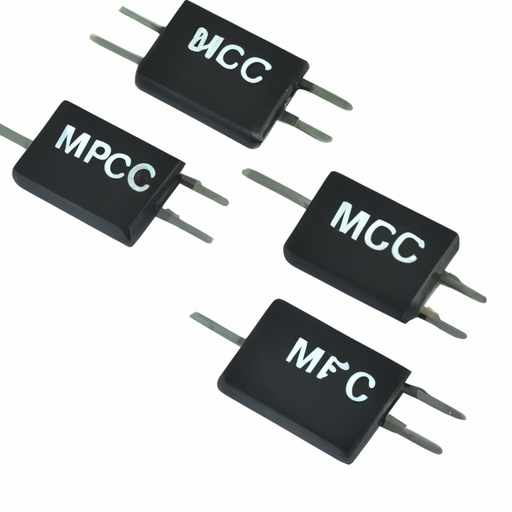Mica and PTFE Capacitors: Core Functional Technology and Application Development
Overview of Mica and PTFE Capacitors
| Construction: Mica capacitors are constructed using natural mica as the dielectric material. Mica, a mineral known for its excellent electrical insulation properties, provides stability and reliability in capacitor performance.Construction: Mica capacitors are constructed using natural mica as the dielectric material. Mica, a mineral known for its excellent electrical insulation properties, provides stability and reliability in capacitor performance. |
| Characteristics: These capacitors are recognized for their high precision, low loss, and exceptional stability across a wide range of temperatures and frequencies. Mica capacitors typically have capacitance values ranging from picofarads to microfarads, making them ideal for radio frequency (RF) applications.Characteristics: These capacitors are recognized for their high precision, low loss, and exceptional stability across a wide range of temperatures and frequencies. Mica capacitors typically have capacitance values ranging from picofarads to microfarads, making them ideal for radio frequency (RF) applications. |
| Construction: PTFE (Polytetrafluoroethylene) capacitors utilize PTFE as the dielectric material. This synthetic fluoropolymer is renowned for its high thermal stability and chemical resistance.Construction: PTFE (Polytetrafluoroethylene) capacitors utilize PTFE as the dielectric material. This synthetic fluoropolymer is renowned for its high thermal stability and chemical resistance. |
| Characteristics: PTFE capacitors excel in high-frequency applications, offering low dissipation factors and high insulation resistance. They can accommodate higher capacitance values compared to mica capacitors, making them versatile for various applications.Characteristics: PTFE capacitors excel in high-frequency applications, offering low dissipation factors and high insulation resistance. They can accommodate higher capacitance values compared to mica capacitors, making them versatile for various applications. |
Core Functional Technology
| 1. Dielectric Properties | |
| 2. Temperature Stability | |
| 3. Frequency Response | |
| 4. Voltage Ratings | |
| 1. Telecommunications | |
| 2. Aerospace and Defense | |
| 3. Medical Devices | |
| 4. Industrial Applications | |
Application Development Cases
Conclusion

Mica and PTFE capacitors are critical components in a wide array of high-performance applications across multiple industries. Their unique properties, including low loss, high stability, and excellent frequency response, make them indispensable in telecommunications, aerospace, medical devices, and industrial applications. As technology continues to evolve, the demand for these capacitors is expected to grow, driving further innovation and development in capacitor technology. The ongoing advancements in materials and manufacturing processes will likely enhance the performance and applicability of mica and PTFE capacitors, ensuring their relevance in future technological landscapes.






